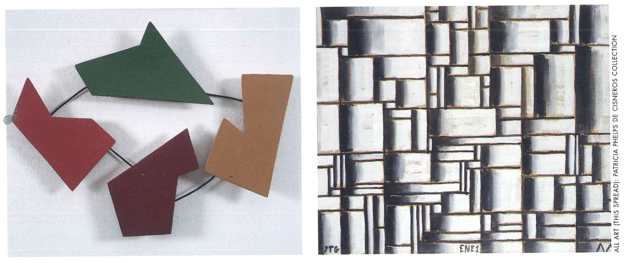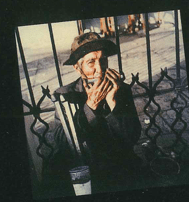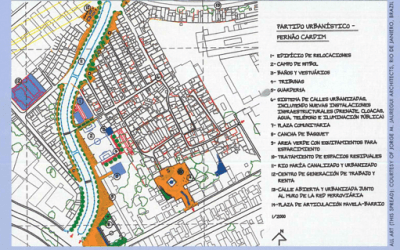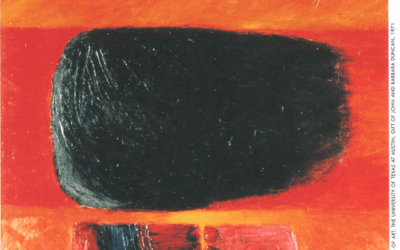Geometric Abstraction
A New Perspective on Latin American Art

Left: Raúl Lozza, Relief, 1945. Right: Joaquin Torres-Garcia, Construcción en Blanco y negro, 1934.
Visitors to Harvard University’s Fogg Museum this spring will have a chance to explore the universe of constructivist art, a poetics of visual forms by Latin American artists who for nearly a century have been producing masterful and rigorous works. Today these works from the Patricia Phelps de Cisneros Collection will share the museum walls with their equals from around the world, and will initiate a promising dialogue among artworks, ideas, and institutions that will illuminate their import for both Americas.
We are proud to be the first participants in the opening of a dialogue about Latin American art that this center of learning has undertaken and to contribute to its time-honored and distinguished tradition of teaching and research in the field of art.Geometric Abstraction: Latin American Art from the Patricia Phelps de Cisneros Collection exhibition seeks to highlight a vital aspect of our continent’s vast and diverse creative accomplishments. We are referring to Latin American geometric abstract art-an art that, as part of the universal cultural patrimony, belongs as much to the region as to the legacy of modern art.
With the exhibition, we would like to encourage visitors to become acquainted with abstract constructivist art, one of the most important but least well-known creative endeavors in recent Latin American history. Although abstract constructivism coincided with the development in Latin America of important figurative movements, it has not received the same attention from critics and specialists as have, for instance, Mexican muralism and its derivatives. We hope that after seeing this exhibition, viewers will discover in these works the formal rigor and sensibility that characterize geometric abstraction, which belongs to such a productive tradition on our continent.
The Fogg Museum exhibit comprises three fundamental groups of geometric abstraction, belonging to the three formal and conceptual movements that emerged simultaneously in three geographical and cultural locations in Latin America. These are Venezuelan kinetic and neo-concrete abstraction, Brazilian concrete and neo-concrete abstraction, and Argentine and Uruguayan abstraction.
Our goal has been to achieve one of the most comprehensive anthologies of the genre from many Latin American countries, not only from Venezuela, the Fundación’s native country. The selection of the works, guided by our educational mission and our desire to convey the region’s culture, has entailed a creative, intellectual, and practical pursuit that has brought us into daily contact with a great artistic legacy.
Winter/Spring 2001
Patty Cisneros is a member of the DRCLAS Advisory Committee, the DRCLAS arts subcommittee and the Founding President of Fundación Cisneros in Caracas, Venezuela. This article was written in conjunction with Rafael Romero Diaz, Director, Colección Patricia Phelps de Cisneros. A longer version of this essay appears in the exhibit catalog, which is available from the Fogg Museum.
Related Articles
Guatemala Diary
In a deeply personal way, I feel like I am home again. Of all the places I have visited, Guatemala is the country I love and feel closest to. Certainly the most impressive aspect is the persevering Mayan people, who endured a 30-year civil war…
From Favela to Bairro
The Brazilian firm of Jorge Mario J¡uregui Architects is the first Latin American recipient of the Harvard Graduate School of Design’s Veronica Rudge Green Award in Urban Design. The award…
Exploring New Horizons in Latin American Contemporary Art
When I first traveled to Peru by boat with my family fifty years ago, the country seemed as far away from Argentina as Boston from Buenos Aires. My husband had been sent there by W.R…




